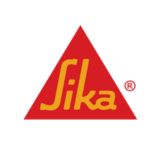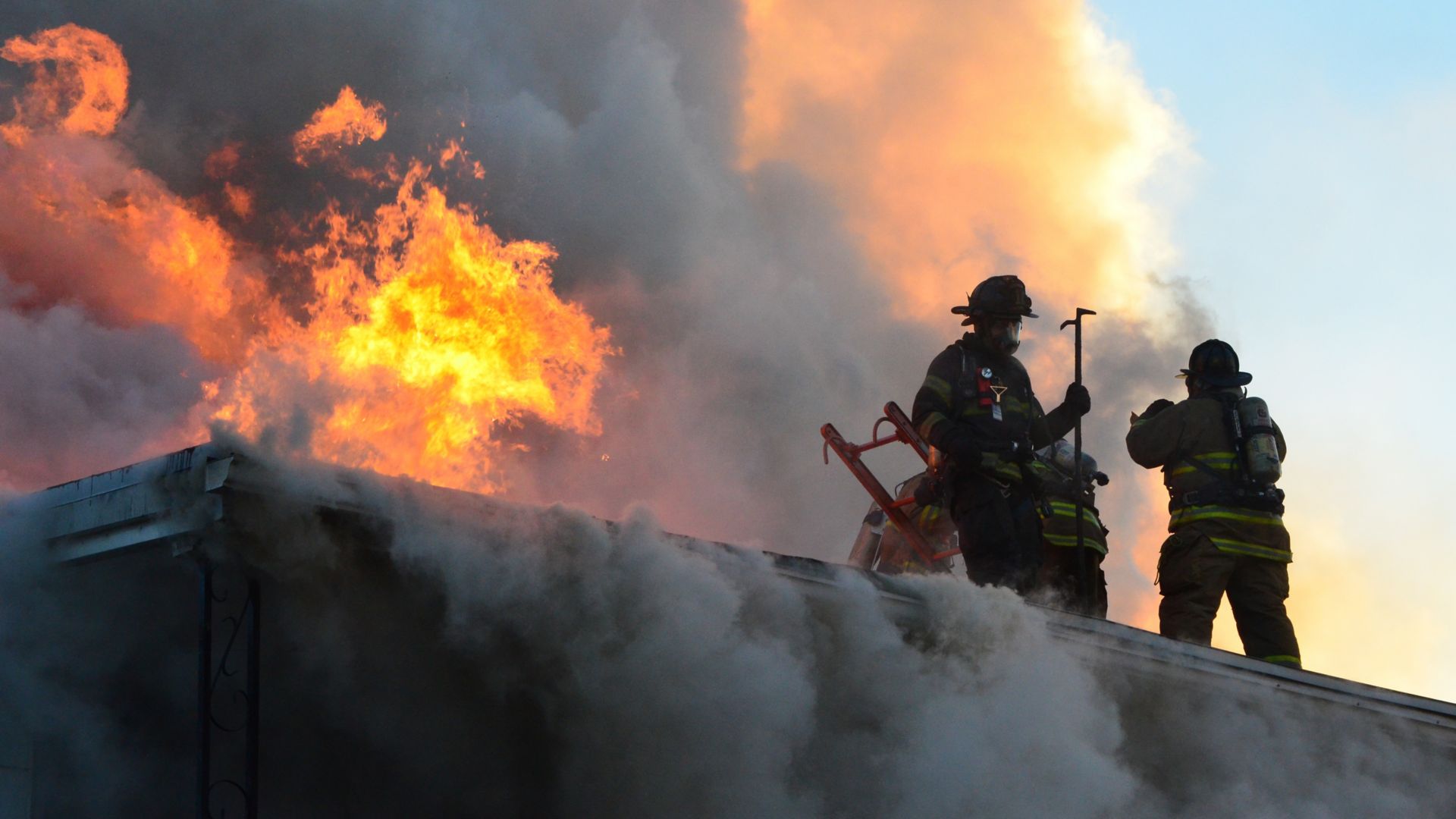Flameless Roof
As the commercial roofing industry shows a significant shift towards flameless roofing options, it is worth noting that Sika has promoted flameless systems since the 1960’s.
Our offerings of mechanically attached and adhered systems offer safe solutions combined with a membrane of outstanding performance in all environments worldwide. For Canada, the mechanically fastened roof systems offer year-round installation, along with adhered options for lower temperatures as well.
Our PVC membranes have excellent cold weather flexibility and bending characteristics, showing no cracking under independent testing.
Welding of seams can also be conducted during colder weather, as opposed to some self adhered options for other systems that may be temperature sensitive.
Our Flameless roof main advantages
Reduced risk of fire: No open flame during installation, PVC memrbane has ability to ''self-extinguish''
Less extra cost of training, of fire insurance, less extra seam for installation compared with torch applied solutions
PVC membranes can be recycled and reused, even after 30+ years of service
Our PVC membranes have excellent cold weather flexibility. Plus, welding of seams can be conducted during colder weather
Hot Welding or Open Torch
Is Torch-Applied roof worth the risk?
One of the most vulnerable parts of a building exposed to fire is its roof.
However Bituminem roof are still applied with a gas torch that produces a very high temperature flame. This method of application is associated with high risks of fire burns injuries!
PVC Membranes
No open flame during Installation
Our offerings of mechanically attached and adhered systems offer safe solutions that does not require an open flame to be applied. No open Flame
Superior Fire Resistance
PVC membrane is inherently fire resistant and does not continue to burn once a flame is removed. Ability to Self-extinguish
WATERTIGHT
Distinct “bleed out” during seam welding and the ability to probe the seam immediately makes water tightness quality control easier. Rapidly Watertight
DETAILING EASE
The wider sheets also offer far less seaming of the roof area compared to the usual 3 foot wide modified bitumen membranes. Plus, PVC is flexible and makes detailing easy, even in cold weather or with thicker membranes.
Bitumen Roofs
Risk of fire during Installation
In this method, sheets of modified bitumen are rolled out onto the roof, and adhered/seamed to the surface using a hand-held propane torch to heat the material. Gas torch with Open Flame
FIRE RESISTANCE SHORTCOMINGS
EPDM and TPO membranes will burn until filly consumed. Fire-resistant TPO membranes continue to burn after the flame is removed during burn tests.
WATERTIGHTNESS CHALLENGES
System made of multiple layers which create watertight challenges
DETAILING CONCERNS
The 3 foot wide modified bitumen membranesrequire more seaming and multiple layers. It increases the risk of contamination and moisture and other installation errors and If the layers of the torch down roofing system are not adequately sealed, leaks are possible
FAQ
PVC is composed of two basic components: chlorine derived from common salt, and ethylene derived from natural gas. By taking these two components and adding other components, PVC can be made rigid, flexible or semi-flexible. This is why PVC is considered one of the most versatile plastic materials.
PVC considered PVC is considered a “single-ply” roofing system. This is because the system only requires a single layer of membrane to keep the roof watertight. Other systems, such as an asphalt-based “built-up” roof system (BUR), involve multiple layers of asphalt-soaked felt to make up the system.
Both PVC and TPO can be mechanically attached (using plates and screws) or adhered to the roof substrate. Unlike PVC however, TPO membranes do not adhere readily, especially with water-based adhesives. They also have higher coefficients of expansion and contraction resulting in much greater movement through temperature cycles. Whereas adhered PVC roofs have performed exceptionally well over decades, the properties previously mentioned create challenges when adhering TPO.
PVC’s overlapping seams are “hot-air welded” together to prevent water from penetrating the building. Once welded together, the seams are one of the strongest parts of the system and do not break down over time like other roofing systems that use glues, double-sided tape or asphalt to bond their seams.
While PVC and TPO are both in the thermoplastic, single-ply roofing family, they are very different in their base chemical composition and physical properties. They are also not compatible with each other. PVC has been used as a roofing material since the 1960s and has over 50 years of proven performance
Aside from the different chemistries used to create the membranes, PVC and TPO have other important differences worth mentioning. TPO manufacturers are still continuing to modify their formulations to try and achieve the required level of performance, while PVC has been performing very well for over 50 years. PVC membrane’s resistance to fire performance is significantly greater than TPO membranes, as evidenced in the video below. Another important difference is TPO’s sheet flexibility. TPOs are much stiffer than PVC, making them harder for contractors to work with. This is especially important when having to flash penetrations or any other detail work, possibly leading to areas not being watertight, and when working in colder weather. For a complete list of the differences between TPO and PVC, click on the link to download the Sikaplan Versus TPO infographic below.
There are many reasons why building owners choose to trust a proven PVC roof membrane over a TPO membrane. One of the most important reasons is that most, if not all, TPO manufacturers are on their third or fourth formulation of the membrane, while PVC boasts 50+ years of real-world performance. For a roofing contractor, however, the reasons they prefer to install PVC over TPO have a lot to do with them being able to give you a water-tight system.
In general, PVC is a much easier membrane for the contractors to work with, even in cold temperatures. TPO membranes are stiffer, making sheet handling and detailing more difficult, especially in cold weather. If the membrane is challenging to work with and a contractor needs to flash penetrations or a wall/curb, it increases the risk of an improper application.
TPO also requires all cut edges of the membrane to be sealed from water migration, and seams are much more sensitive to probing. All of this leads to extra time, money and an increased potential for mistakes. When TPOs fail prematurely, contractors run the risk of tarnishing their reputation. No contractor wants to get a call that the roof they installed has failed. No matter what the reason, all parties involved usually take the blame.

